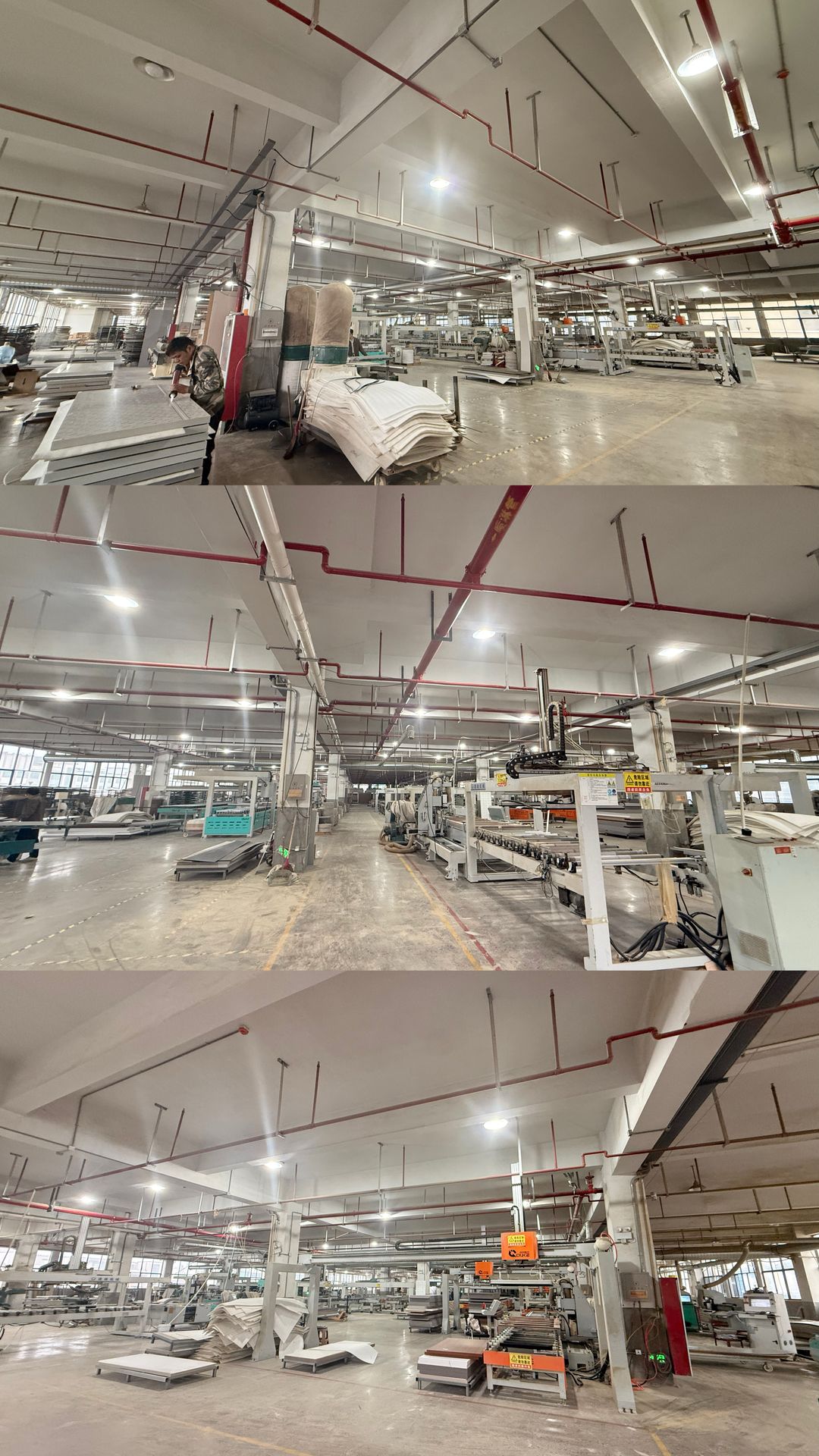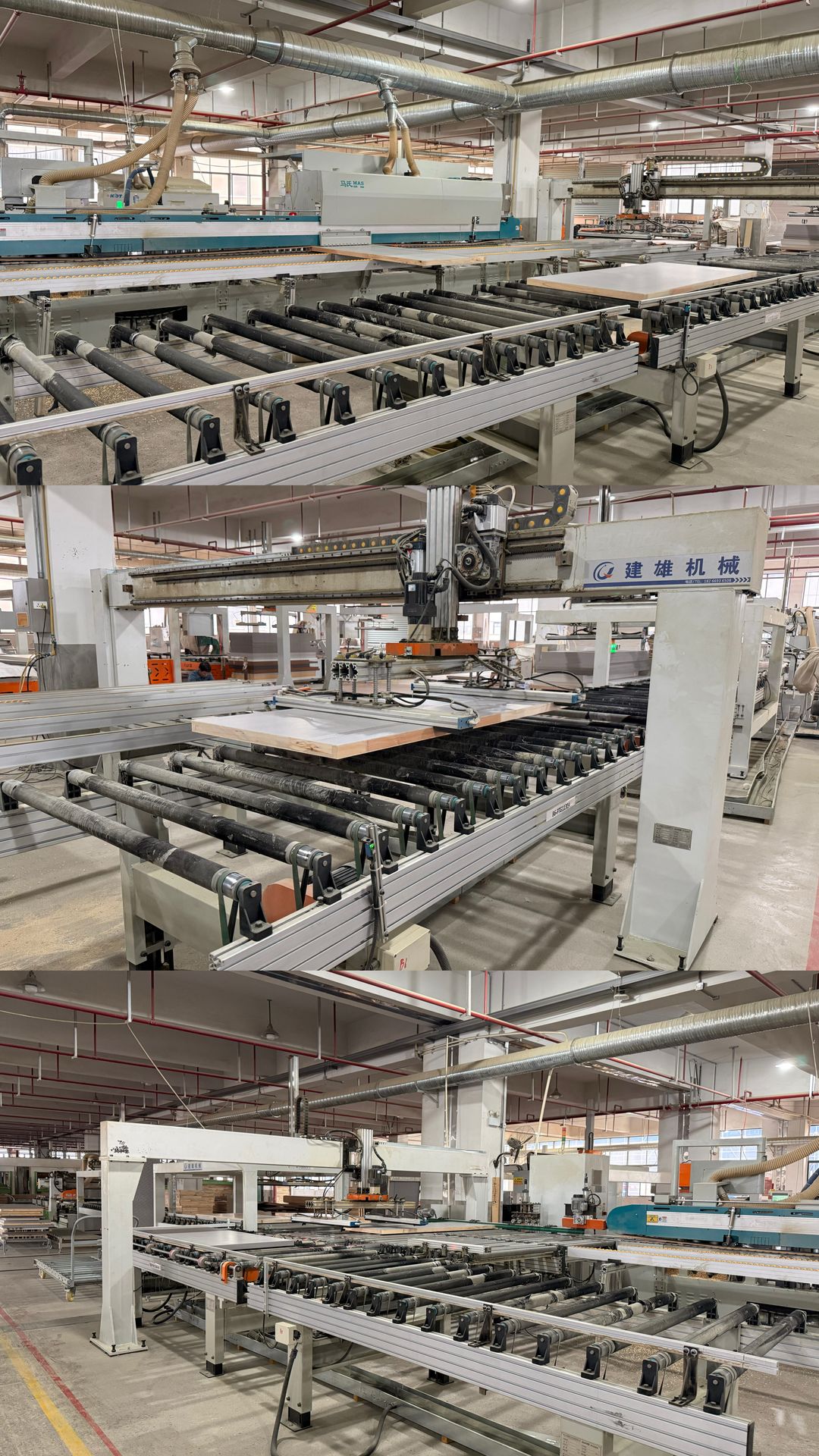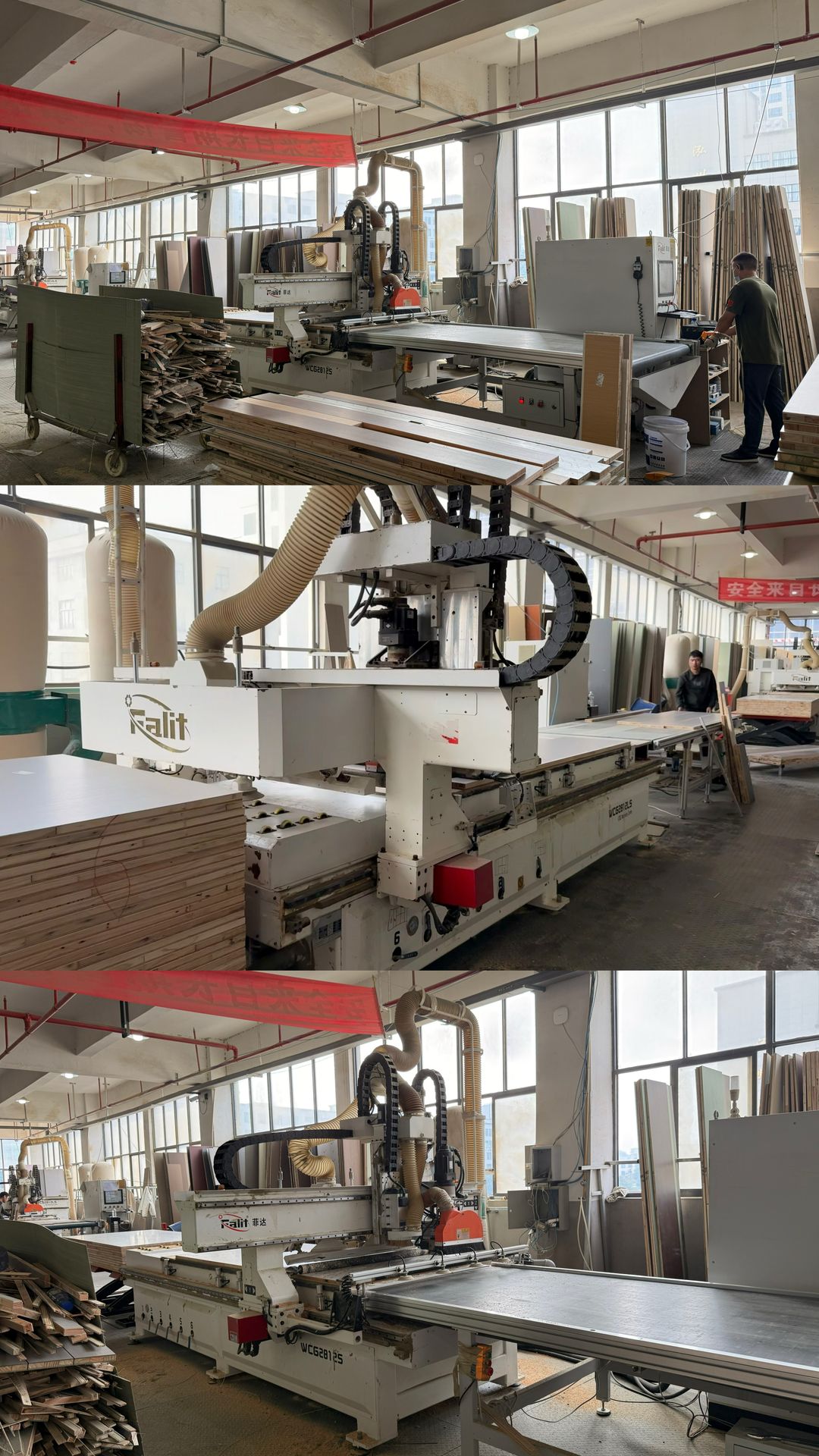How to Verify a Chinese Solid Wood Door Factory: 7-Step Checklist?
A game of trust across oceans
In the wave of globalised sourcing, 'Made in China' has long been synonymous with quality and value. When you are planning to source solid wood doors for hotels, high-end residential or commercial projects, a solid wood door factory in China is an attractive choice.
But the question arises: how do you know, from thousands of kilometres away, that the factory on the other side of the screen is a reliable partner and not a packaged middleman?
This guide will be your "digital compass". Instead of empty theories, we provide a clear, actionable 7-step verification checklist that will give you the same insights as a professional buyer, even without leaving your home.
Step 1: Qualification Check - Cracking the "ID" of an enterprise
Action: Request and verify the official qualification documents of the company.
Verify the methodology:
- Business licence: Confirm that the business scope includes key items such as "wooden door manufacturing" and "import and export of goods", and pay attention to the registered capital and time of establishment.
- Import and export right certificate: Make sure the factory has the qualification of exporting on its own, and avoid changing hands through trading companies.
- Industry certificates: such as ISO9001 quality management system certification, on behalf of the factory has a standardised production process.
- Patent certificate: Having product design or process patents is a strong proof of the factory's R&D strength.
Professional Tips: Ask the other party to provide clear scanned copies of these documents, and pay attention to check the company name and your contact email domain name, website record information is consistent.

Step 2: Factory tour - "in front of the screen" on the shop floor
Action: Request a live video factory tour.
Validate the methodology:
- Offer: Ask "We'd like to schedule a 30-minute videoconference and take us on a tour of the factory floor". Real factories are receptive.
- Focused observation:
- Raw material area: Is the wood neatly stacked and stored in a dry environment?
- Production area: Are there fully automatic CNC engraving machines and precision sawing equipment?
- Paint line: automatic spraying line is a guarantee of high quality paint, far more uniform and efficient than manual spraying.
- Quality control area: Is there a special area and personnel to check the products?
Professional Tip: Be wary of "guided tours" that only show the product showroom, but not the real production scene.
Step 3: Soul Questioning - Screening for Authenticity with Specialised Questions
Action: Ask a series of specific process and technical questions.
Verification Method: Ask the following questions and assess the professionalism of the answers:
- "How do you handle moisture content control of wood? What is the target value?" (A professional answer would refer to "kiln drying" and a specific value such as "8-10 per cent").
- "What techniques do you use for woodworking splices? Are they finger-joined, miter-joined, or plain butt-joined?" (finger and miter joints are much stronger than regular butt joints).
- "What is the paint system like? How many coats each of primer and topcoat? Is it PU, UV or water-based paint?"
PRO TIP: A true production expert will be able to answer these details and even offer to explain the principles and advantages behind them.

Step 4: Case Study - Anticipating the Future from the Past
Action: In-depth study of the plant's success stories.
Validate the methodology:
- Ask for case details: Go beyond the pictures and find out where the project is located, the type of customer, the products sourced, the challenges faced and the solutions.
- Verify overseas projects: Ask if they have experience of exporting to your country or similar markets - it's all about their understanding of international standards.
- Ask for a list of references: Be bold and ask if you can provide contact details (or at least a video of customer testimonials) for one or two past customers.
PRO TIP: A competent factory will be like an open book, happy to share its success story.
Step 5: Sample Verification - The Wisdom of One Leaf to Know the Other
Action: Insist on ordering a sample that is identical to the future big shipment.
Validation Method:
- Pay for the sample: Respect the factory's costs and pay a reasonable sample fee. This is a litmus test of the other party's sincerity.
- The devil is in the details: After receiving the sample, inspect it carefully:
- Touch: Is the paint surface smooth and burr-free?
- Visual: Is the wood grain splicing natural and harmonious? Is the colour uniform?
- Structure: Weigh the weight and feel its solidity. Check whether the joints are tight.
- Smell: Is there a strong pungent odour? (This is a matter of environmental protection)
Professional Tips: The way the samples are packed and transported can also reflect the factory's attitude and professionalism.

Step 6: Decoding Communication - Reading Between the Lines
Action: Assess the professionalism of the entire communication process.
Validate the methodology:
- Speed and Quality of Response: Is the response timely? Is the response direct and clear? Do they always avoid the core issues?
- Team Expertise: Are you communicating with a salesperson who just says "OK" or a project manager who understands your technical needs?
- Language skills: Are there team members who can communicate fluently in English? This is crucial.
- Transparency: Is there open and transparent information about production lead times, payment terms, logistical arrangements, etc.?
Professional Tip: An efficient and professional communication experience is the cornerstone of a smooth future collaboration.
Step 7: Third Party Eyes - Insurance of Last Resort
Action: For major orders, commission a third party to carry out a factory inspection.
Validation Method:
- Hire a professional inspection company: such as SGS, Bureau Veritas and other international organisations to provide professional supplier assessment services.
- Clarify inspection criteria: When commissioning, specify your key concerns: production capacity, quality control system, social responsibility, etc.
- Costs and benefits: Although this is an additional cost, it is well worth it to secure a large investment.
Pro Tip: Confident, compliant factories will co-operate fully when asked for a third-party inspection, while problematic factories will look for any excuse to get out of the way.

Conclusion: From validation to co-operation, a journey towards purchasing with peace of mind
After completing these seven steps, you will no longer be a distant, sceptical enquirer, but a knowledgeable, respectable potential partner. You'll know the Chinese factory on the other side of the screen like the back of your hand.
At DingTai, we are not only not afraid of the "seven-step test", but we warmly welcome our customers to verify it. Because we know that true trust comes from extreme transparency. And we believe that our strengths can withstand the most rigorous scrutiny.
Act now! Save this list and use it as your guide the next time you're looking for a solid wood door supplier. Of course, we also invite you to start with us for your first practice. Contact us to request our qualification pack and book your first video factory tour.
Let's cross the distance and build a long-term partnership that starts with transparency and ends with trust.